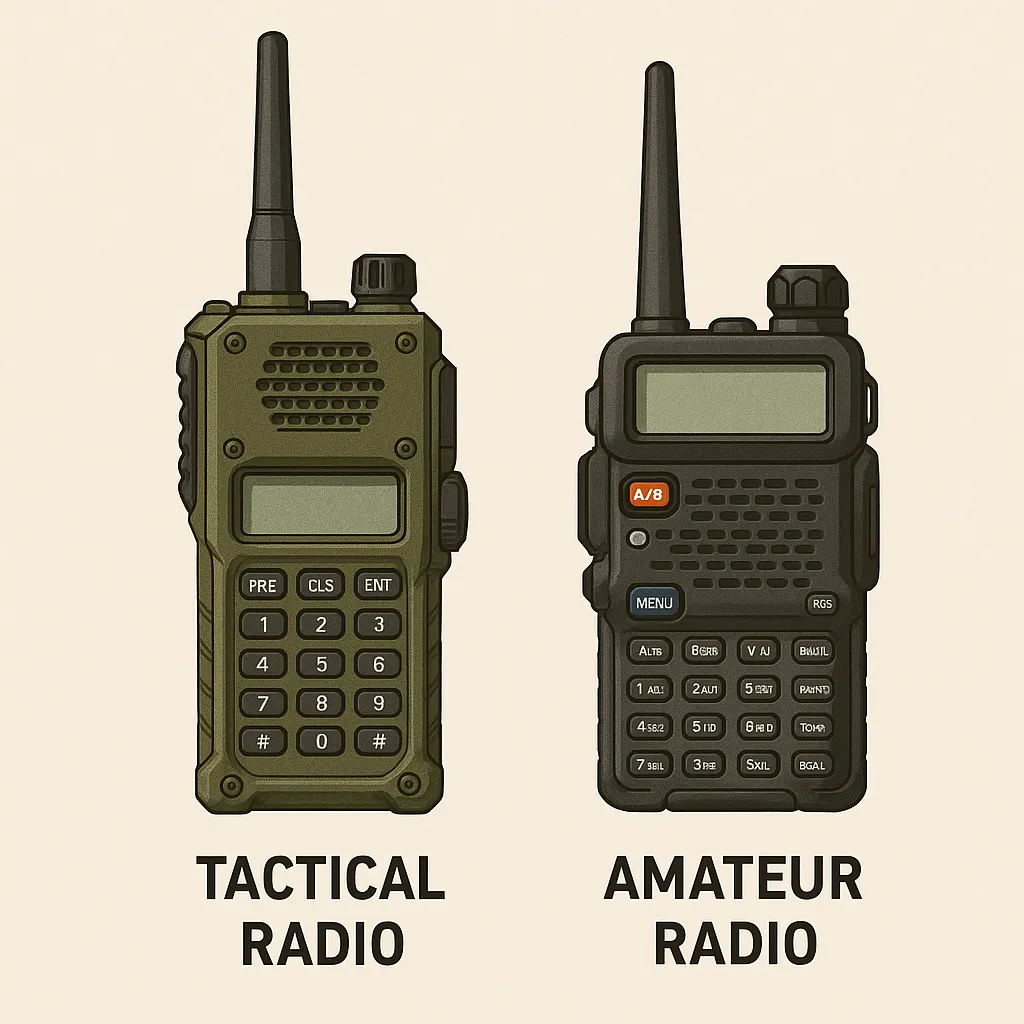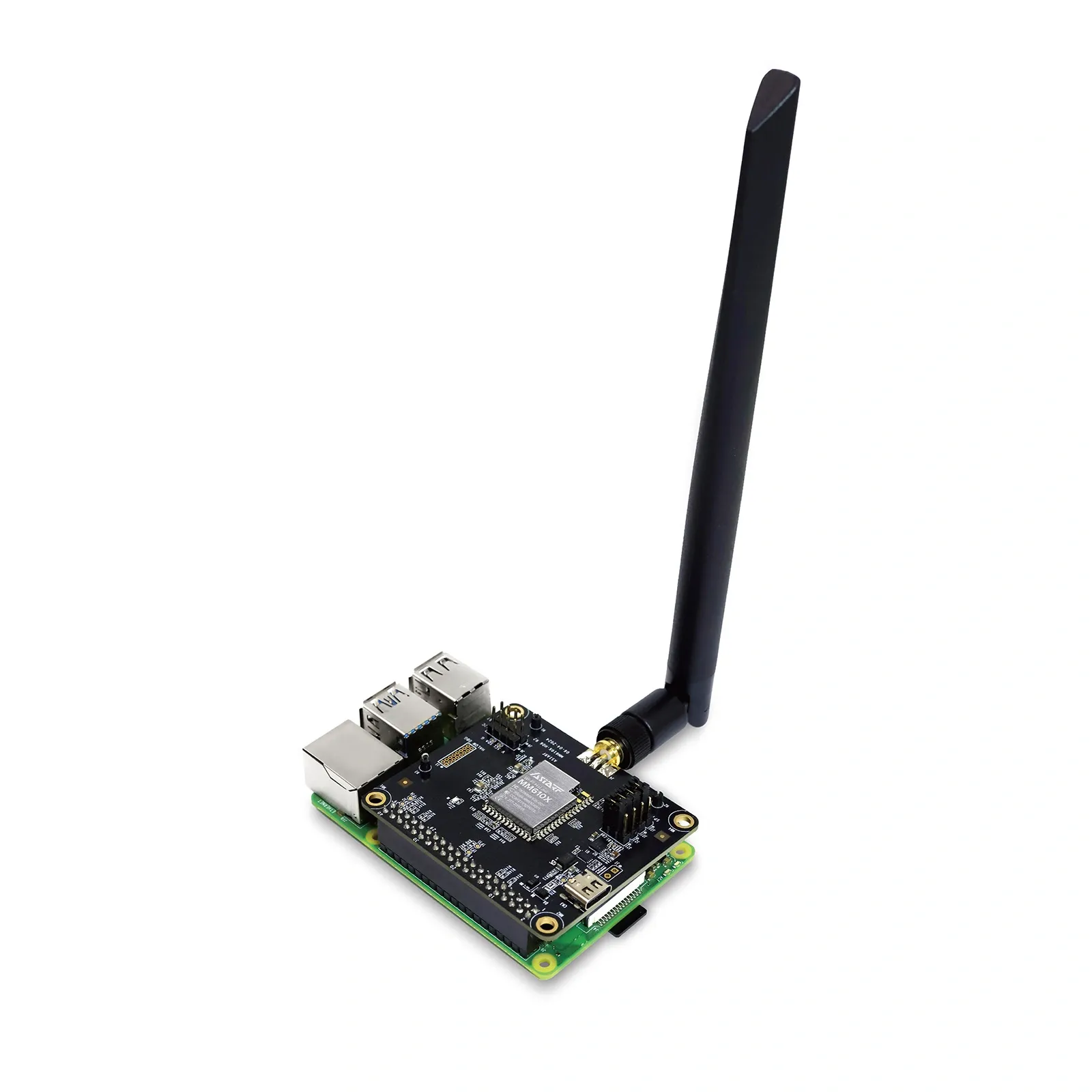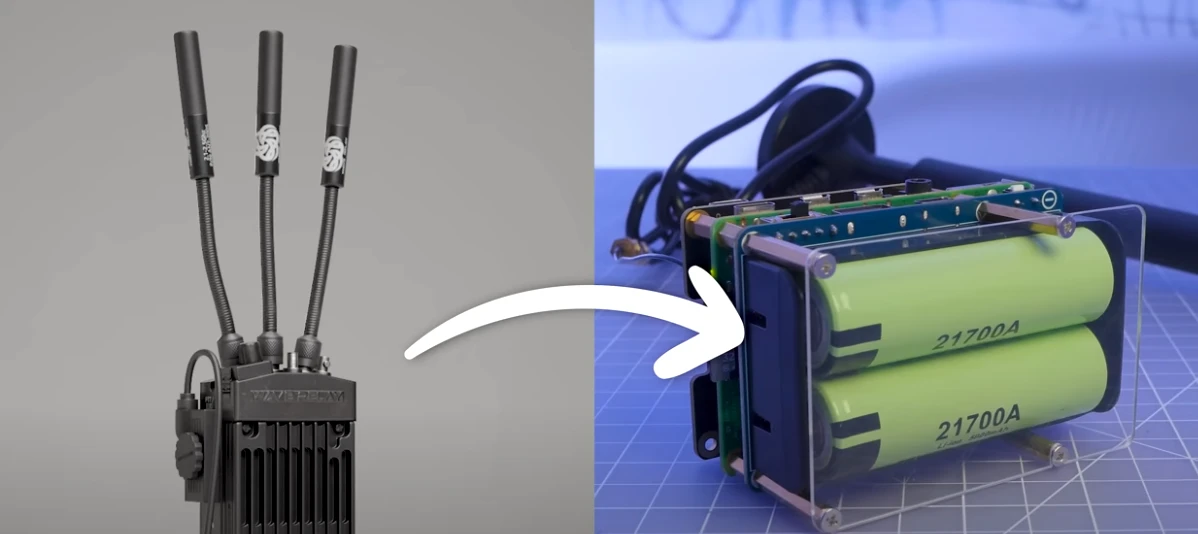radio maintenance
radio repair
tactical communications
tactical radio
torque tools
breather valves, communication equipment, electronics sealing, environmental protection, equipment reliability, field communications, IP67 protection, MIL-STD-810, military communications, military equipment, O-ring seals, precision assembly, pressure equalization, radio repair, radio servicing, tactical gear maintenance, tactical radio maintenance, technical maintenance, torque specifications, waterproof electronics
9M2PJU
0 Comments
Why Proper Assembly Techniques are Critical for Tactical Radio Reliability
Tactical vs. Amateur Radios: Understanding the Critical Differences
Before diving into maintenance specifics, it’s important to understand what sets tactical radios apart from amateur or commercial equipment. Tactical radios represent a specialized category of communication equipment designed for military, law enforcement, emergency response, and other mission-critical applications where failure is not an option.
Key differentiators include:
Environmental Resilience: Unlike amateur radios typically operated in controlled environments, tactical radios must function flawlessly in extreme conditions—arctic cold, desert heat, torrential downpours, and submersion. They’re designed to meet stringent MIL-STD-810 specifications for temperature, shock, vibration, dust, humidity, and immersion.
Security Features: Tactical radios incorporate advanced encryption technologies, frequency-hopping capabilities, and anti-jamming features to prevent interception or disruption of sensitive communications.
Operational Reliability: When lives depend on communication, tactical radios are engineered with redundant systems, ruggedized components, and fail-safe features that simply don’t exist in consumer-grade equipment.
User Interface: Tactical radios feature simplified interfaces operable with gloved hands, in low light, and under extreme stress—prioritizing reliable function over feature complexity.
Internal Construction: The interior of a tactical radio reveals military-grade components, conformal coatings, shock mounting, and specialized sealing systems designed to protect critical electronics regardless of conditions.
These differences explain why tactical radio maintenance requires specialized knowledge, procedures, and tools that would be unnecessary for amateur equipment. When your radio might be the only lifeline during a critical operation, every detail of its maintenance matters.
The Critical Role of Torque Screwdrivers in Tactical Radio Maintenance
Tactical radios are precision instruments designed to operate reliably in extremely challenging environments—from dusty deserts to humid jungles, arctic conditions to underwater submersion. When reassembling these communication lifelines after maintenance or repair, using a calibrated torque screwdriver isn’t just good practice—it’s essential.
Precision That Protects
A torque screwdriver ensures fasteners are tightened to manufacturer-specified values, typically measured in inch-pounds (in-lbs) or Newton-meters (N·m). This precision serves multiple critical functions:
Environmental Sealing Integrity: Most tactical radios are designed to meet strict IP67 or IP68 standards for dust and water ingress protection. These ratings require precise compression of gaskets and sealing surfaces. Too little torque leaves gaps for contaminant entry; too much can deform seals and create new pathways for moisture.
Mechanical Stability: Field operations subject equipment to constant vibration, impacts, and mechanical stress. Properly torqued fasteners resist loosening during operation, preserving internal connections and preventing component damage.
Component Protection: Modern tactical radios contain sensitive electronics, including microprocessors, RF circuitry, and batteries. Over-tightened screws can crack circuit boards, damage housings, or compress components beyond design tolerances.
Consistent Performance: Factory torque specifications ensure uniformity across the entire device—every screw contributes equally to maintaining the sealed environment and structural integrity.
Real-World Consequences
The difference between properly and improperly torqued fasteners might not be visible during reassembly, but the consequences can be dramatic:
- A single loose screw can allow moisture intrusion that causes catastrophic electrical failure during a critical operation
- Over-tightened fasteners can create stress fractures that develop into cracks after repeated thermal cycles
- Inconsistent torque can create differential stress that warps housings and compromises seals elsewhere in the device
The Sophisticated Science of Tactical Radio Sealing Systems
Modern tactical radios employ multiple complementary sealing technologies that work together to protect internal components. Two of the most important are O-ring seals and breather valves.
O-Ring Seals: Engineering Perfection in Simplicity
These seemingly simple rings of elastomer material represent decades of materials science and engineering refinement:
Material Science: Modern tactical radio O-rings are typically made from specialized compounds like fluorosilicone or EPDM (Ethylene Propylene Diene Monomer) that resist:
- Chemical degradation from fuels, solvents, and cleaning agents
- Ultraviolet radiation that would deteriorate standard rubber
- Extreme temperature fluctuations (-40°C to +70°C in military specifications)
- Compression set that would otherwise cause sealing failure over time
Precision Compression: O-rings function on the principle of controlled deformation. When compressed properly (typically 15-30% of their cross-sectional diameter), they create a perfect seal against both housing surfaces. This is why torque specification is so critical—it ensures the perfect degree of compression.
Redundant Protection: Most tactical radios employ multiple O-rings in series, creating redundant barriers against environmental ingress. If one seal is compromised, others still provide protection.
Dynamic Sealing: Unlike static gaskets, quality O-rings can maintain their seal during slight movement of components, accommodating thermal expansion and contraction cycles that occur during normal operation.
The Ingenious Function of Breather Valves
Perhaps the most misunderstood component of tactical radio sealing systems is the breather valve. This sophisticated component serves multiple critical functions:
Pressure Equalization: When radios move between different altitudes or experience temperature changes, pressure differentials develop between the sealed interior and the environment. Without compensation, these differentials can:
- Create forces that overcome seals during altitude changes
- Cause housing distortion during temperature fluctuations
- Generate vacuum effects that pull moisture past seals
Selective Permeability: Modern breather valves employ microporous membrane technology (often expanded PTFE) that allows gas molecules to pass while blocking liquid water—even under pressure.
Moisture Management: Electronic components naturally generate heat during operation, creating a cycle where moisture can condense inside the radio housing during cooling. Breather valves allow this moisture vapor to escape while still preventing liquid water intrusion.
Protection from Contamination: Quality breather valves incorporate hydrophobic and oleophobic properties that repel both water and oils/fuels, preventing these contaminants from clogging the membrane.
Best Practices for Tactical Radio Maintenance
Maintaining the integrity of these sophisticated sealing systems requires attention to detail during every maintenance procedure:
- Always use calibrated torque tools matched to manufacturer specifications
- Inspect O-rings carefully for cuts, deformation, or contamination before reassembly
- Clean sealing surfaces thoroughly to remove any debris that could compromise seals
- Apply appropriate lubricant sparingly to O-rings when specified by the manufacturer
- Never block or damage breather valves during cleaning or maintenance
- Document all maintenance procedures including torque values used during reassembly
- Perform environmental testing after significant repairs when possible
Conclusion
The reliability of tactical communications equipment depends on much more than just electronic components. The mechanical integrity of the housing, the precision of assembly, and the performance of sealing systems are equally critical to field performance.
By understanding and respecting the engineering behind these systems—and by using proper tools like torque screwdrivers during maintenance—technicians can ensure that these vital communications tools will perform reliably when needed most, regardless of the operating environment.
This post is intended for informational purposes only. Always follow manufacturer-specific guidelines for the maintenance and repair of communications equipment.







Post Comment